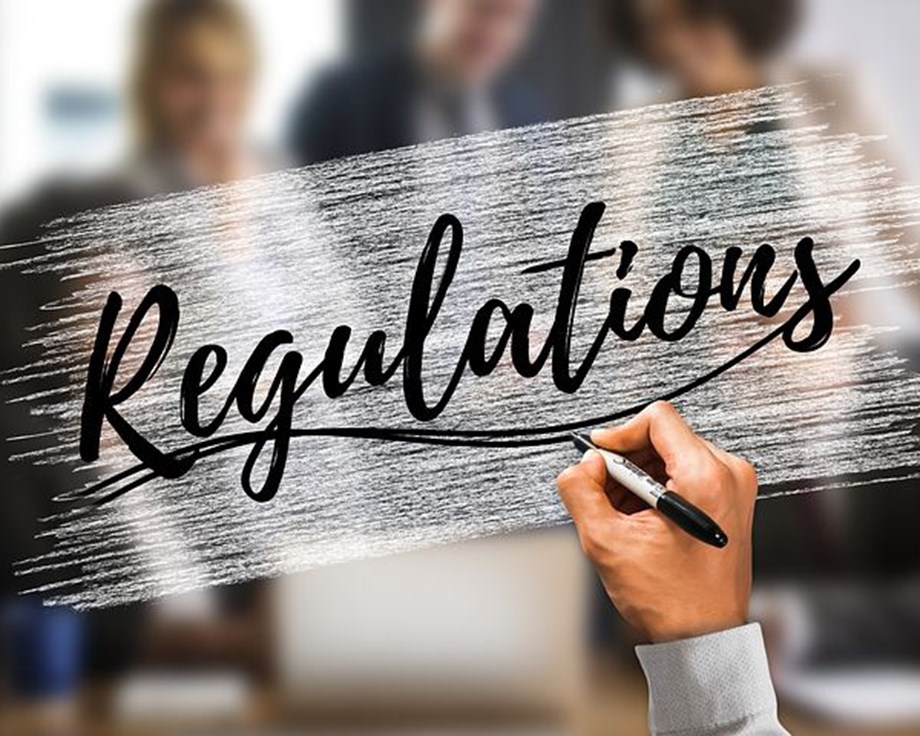The EIA Directive, amended in April 2014, indicates the following are required elements of an EIA and should be included in the Environmental Statement:
- A project description including information on its site, design, and size;
- A description of likely significant effects of the project on the environment. This should include an indication of existing state of the environment using baseline data and location suitability models/tools.
- A description of project features/measures to avoid, prevent, reduce or offset adverse environmental effects;
- A description of studied alternatives and reasons for selecting the chosen alternative, including environmental considerations;
- A non-technical summary of the above;
- Any additional information as referred to in Annex IV of the Directive (including amendments), if relevant.
Annex IV of the Directive contains additional aspects and details that can be taken into account, for instance descriptions of additional works, of energy and resources used during operation, and of expected residues, emissions and wastes generated by the project.
To achieve all actions highlighted above requires data from the producer on level of production use and baseline environmental data collected through sampling.
Recommendations for decision making authorities

Planning and licensing authorities should provide clear guidance to outline what is required within the EIA process. This could include pre-prepared templates for applicants to use. Example EIA templates were produced as part of a Scottish Aquaculture Research Forum (SARF) project which reviewed EIAs for marine fish farming. The relevant authority in each jurisdiction could prepare similar templates which would streamline the process for applicants and decision makers.
Recommendations for applicants (aquaculture producers)

Aquaculture producers should discuss the application and environmental impact requirements with the relevant regulatory authority. Relevant guidance should also be consulted to ensure the EIA fulfills all requirements. When preparing the Environmental Statement, it should be clearly structured and provide detailed information.Producers may have the required experience within their company or they may employ consultants. Modelling tools can be used to provide information on potential impact.
Relevant models and tools
A quantitative estimation of likely impacts over time is made by employing predictive environmental models and tools. These can vary depending on the environment, spatial scale and production system. You can find some of the relevant models and tools, guidance and examples of the tools in use for different types of aquaculture below.



